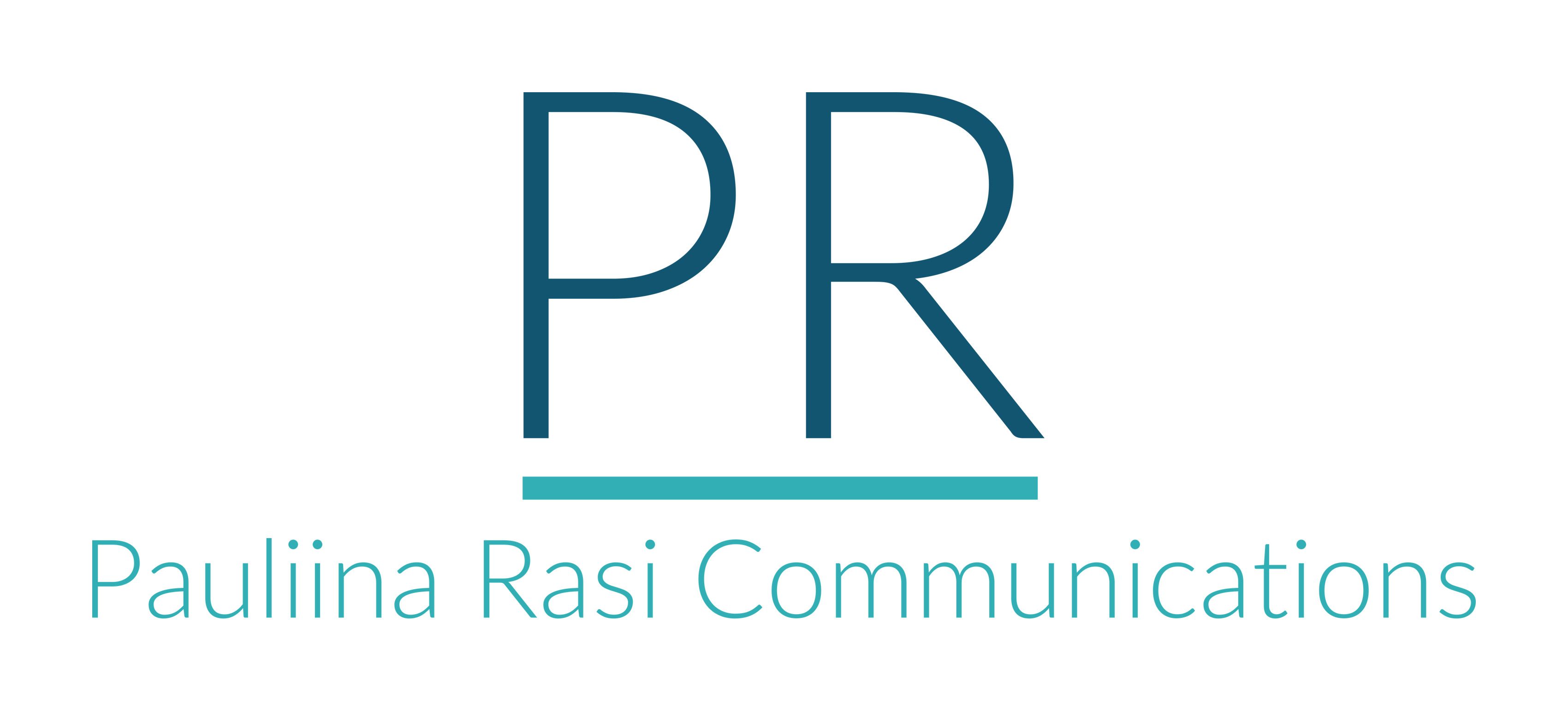Writing is where science meets creativity. This is how science has taught me to write better.
I often find writing difficult.
Yes, I’ve written for a living for over two decades, but there are still days and moments I don’t feel like writing, and that’s a feeling many of you have shared with me, too.
Luckily for us, writing good content is creativity and science in equal measure. When inspiration fails to sign up for service, we can turn to science to keep us moving forward.
Research has shaped my writing routine over the years, as I’ve collected and combined tips and tools that shorten the time I spend procrastinating and trying to avoid writing. Today, I’d like to share this perfected routine with you, so that you can get your wonderful posts out to your readers faster and more easily.
Let’s get started!
Step 1: Write Happy, Write Better
Psychological research has revealed a deceivingly simple tool to increase the likelihood of success: happiness. According to happiness researcher Shawn Achor, the common belief that success makes us happy is a myth.
In reality, happiness doesn’t predict success, it follows it. The happier we are, the better we perform and the more we succeed.
Achor cites several examples from doctors who made more efficient and creative diagnoses after being given lollipops to students who aced their math tests after thinking about happy memories.
While Achror doesn’t refer to study set-ups with writers or entrepreneurs, there’s no reason you couldn’t try his lessons too: Before working on your content – or any writing project – treat yourself with a jolt of happiness and your posts are primed to gain more traction.
(And what’s the downside? Your posts are as good as always and you have more fun writing them? It sounds to me like you’re going to win anyway!)
Before writing my clients’ articles and social media content or working on my blog, I go for a jog or read inspiring books. A walk works, too, and a banana bread muffin with a chai latte never fails!
Step 2: Glide Into Work Like Into A Warm Pool
The happiness advantage? Check!
Next step: Glide into work gently, as you would into a pleasantly warm pool.
Writing good content that will catch your followers’ attention and stand out from the sea of mediocre, often heavily AI-generated posts, requires deep and uninterrupted focus. Computer scientist and non-fiction author Cal Newport has made his name by familiarising the concept of deep work.
Newport recommends creating a ritual that reminds your brain that now is the time to work in a focused, deep, manner. This can be something as simple as closing your office door to avoid interruptions or something as grand as booking a prohibitively expensive hotel suite to reach the same goal.
The key is signalling your brain that now you’re getting into writing mode and giving it some time to adjust to the task. I like leaving my desk if only to work on the sofa or the coffee shop 200 metres away from my home office, and this unplugging is a signal to my brain to get the creative sparks going.
You can also try reading or listening to a podcast that’s even loosely related to your topics, to gently nudge your brain into action. Remember, you’re gliding into a nice pool, not one of those chilly affairs where you have to jump in fast before your body realises what you’ve done!
Step 3: Plan For Enough Focus Time
The core ingredient in my writing routine comes also from Cal Newport: scheduling enough time to go deep. Put simply, I try to plan for uninterrupted writing time each week, so I can write my content in one batch, instead of collecting my posts one line at a time.
However, I want to be very clear here: What works for me, doesn’t necessarily work for you. Half a day per week is what I need to get my blogs, newsletters and social media content out. You could reach the same results by scheduling a full day every two weeks or even two full days monthly.
You might also need to work in shorter periods – but keep in mind that after every distraction, your brain needs roughly 20 minutes to get into the state of focus again. If you write in 15-minute spurts, you might never reach that deep state, where you can create unique content relatively fast. That’s why it’s good to try to plan for at least 90-minute working sessions.
On a practical note, I like to use a timer to alert me every 25-40 minutes to take a break, as we do in monthly Content Circle co-working sessions. Sometimes, when I want to work longer on a simple task, I set a timer to beep 10-15 minutes before I know I have to stop and move to the next thing.
Step 4: Zoom Out And Plan For The Next Session
Wait a minute, why 10 to 15 minutes before I have to stop? Don’t I use every precious second of my focused writing time to craft my pieces?
As important as it is to ease yourself into your writing session, as important it is to ease yourself out of it. When the final timer goes off, you might be in the middle of a sentence or an important thought. This buffer allows you to finish your thoughts and stop at a place where you feel you’ve got the important stuff on the screen.
More importantly, these extra minutes allow me to zoom out: To ensure I’ve ticked off all the essential tasks of my working session – and prepare for the next.
Typically, I write my To-Do lists in my calendar events. At the end of a writing session, for example, I’d check when I’ve planned to work on that task next and draft out a working plan for the following session.
This habit serves two purposes: It makes starting easier the next time, and it reminds me to celebrate all the progress I’ve made, teaching my brain to tie writing to happy and excited feelings!
Bonus Trick: Write Like Hemingway!
The deep work guru Cal Newport is not as strict with the zoom-out time as I am: In his podcast, he’s introduced what he calls the Hemingway writing style. According to him, it’s not a bad thing to force oneself to stop writing at its peak. When you stop from a flow state, when writing flows easily, it can be easier to get into the mood the next time.
Try it out to see what works for you and share your writing routine with me in the comments below or on LinkedIn!And I’d love to see you at the next Content Circle meeting.







Recent Comments